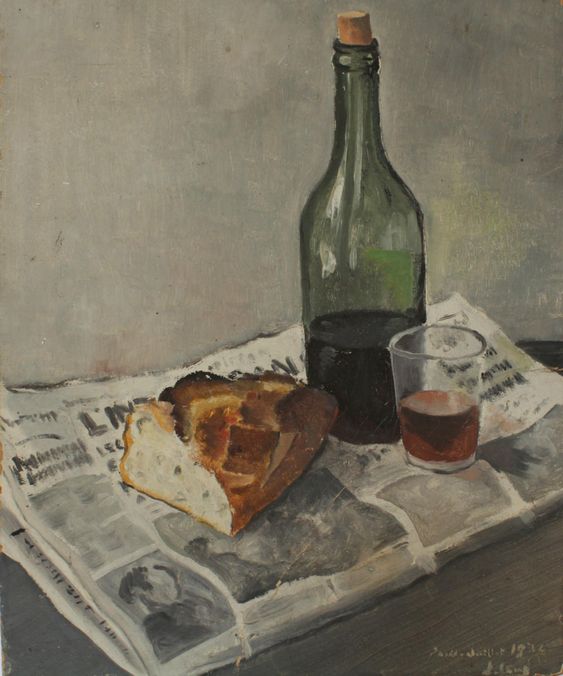This is part six of a six part series that starts here.
Photo by Andrew Thomas Lee
Natural wines can range from clean and fruity to wild and funky. These wild and funky flavors have been getting a lot of press lately, both positive and negative. The most important thing to highlight however, is that natural wine expands the flavor spectrum. It expands our experience of the natural world. We have an amazing diversity of wine grapes available to us in California and I’ve practiced many different traditional winemaking techniques around the world. It makes sense to draw on the abundance around us, rather than continuing to forge an unsustainable path that prioritizes output and homogeny.
Natural wine generally does not just fit into the neat boxes of red, white, and rose (not a boxed wine pun). If you're letting nature and culture lead you towards point B instead of consistency and output, you're never going to fit neatly into three categories.

The most important thing to highlight however, is that natural wine expands the flavor spectrum.
When commercial winemakers control the winemaking process from Point A to Point B, they're ultimately controlling the end flavor profile. For a conventional winemaker, a wine should consist of fruit, oak flavors, alcohol, and that transition from grape to wine should not be apparent in the finished wine. While natural winemakers have fruit and occasionally even oak in our wines, they’d argue that if the imprint of fermentation is apparent in the finished wine, that's okay. In fact, it’s actually a good thing. Deciding to work with nature in the vineyard and cellar can create more interesting flavors and more delicious wines in the long run.
The American palate is changing. We’re deciding that dry-aged grass fed beef belongs alongside the softer flavors of grain fed beef. Spicy arugula and bitter mustard greens belong in the salad just as much as the iceberg lettuce. I think these sort of flavor analogies can be drawn no matter what culture you're coming from and I argue that wine should be given the same open-mindedness that ultimately expands our world and our experience of pleasure.
This series introduces the ways we work with nature in an effort to help course-correct the California wine industry and make meaningful contributions to the broader movement toward transparency and equity in our food system. It is adapted from Martha’s talk From Grape to Glass: Exploring Natural Wine at Bloom San Francisco 2017.




